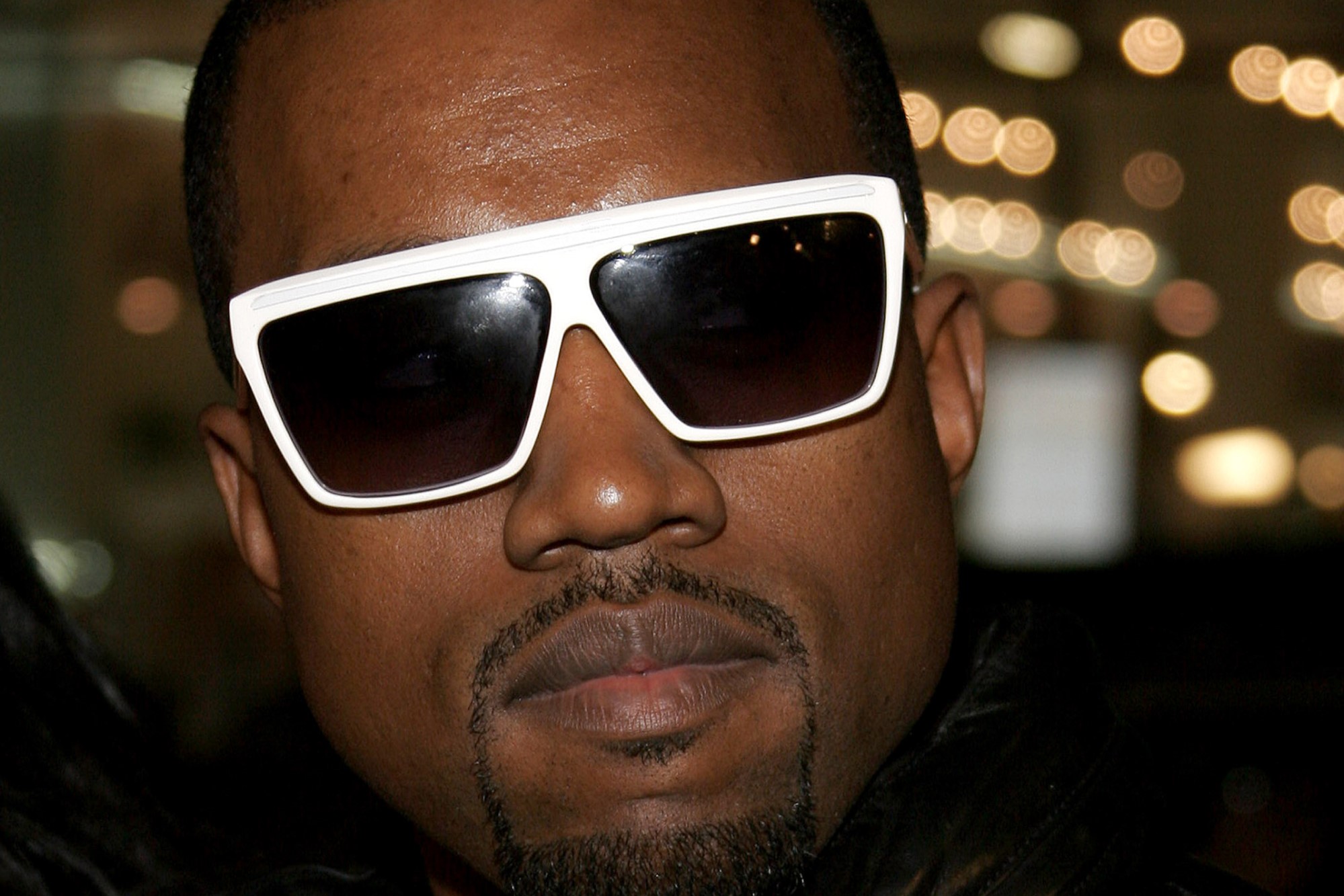The Good Place and the Good Life
Warning: This article contains spoilers.
Students all across the country have recently found new motivation to be interested in philosophy—NBC’s The Good Place, which aired its final episode on January 30, 2020. The series explicitly engages with philosophy through the storyline of one of the central characters—Chidi Adagonye—who was, in life, a philosophy professor. In the afterlife, Chidi teaches ethics to a group of wayward souls who, as the show progresses, become the best of friends. Chidi provides a useful narrative vehicle for direct discussion of philosophy. Even in the absence of Chidi’s philosophical explanations, the show is inherently philosophical. It demonstrates that, rather than being an exclusively scholarly pursuit, living philosophically is part of what it is to be a flourishing person.
On the face of it, the series appears to be about death. It begins with Eleanor Shellstrop’s arrival in what appears to be heaven, where she meets an angelic architect named Michael. As the show progresses, however, it becomes clear that, far from being about death, the series is actually about what it is to live a good life. Throughout, the audience is left wondering “what makes heaven heavenly?” And, by contrast, what would make hell torture? Fundamentally these are questions about what kinds of things are worth avoiding and what kinds of things are really worth pursuing.
By the end of the first season, the cast of characters come to the realization that they were not, as they had been told, in “The Good Place.” Instead, they are in “The Bad Place.” Michael is not an angelic architect after all, but a fire demon conducting an experiment. Instead of setting people on fire or feeding them to swarms of insects, Michael is attempting to torture departed humans using the particulars of individual personalities and exposure to other people.
One of the reasons that this storyline is surprising is that the people involved seem to be pretty good people. They certainly have their faults, but none of them are the kind of person that we might think deserves to be tortured for all eternity. As David Lewis argues in his paper, Divine Evil, infinite punishment may be unjust for any finite crime. Even so, if we picture anyone in hell, it tends to be people like Hitler rather than childlike petty criminals like Jason Mendoza. At this stage, the cast of friends is put in a position to analyze their own behavior. They become reflective agents, considering their virtues and vices. They learn lessons in Aristotelian moderation. Eleanor learns to be less selfish, Chidi less indecisive, and Tahani less concerned with what other people think of her. Interestingly, Jason’s personality is such that he might be largely forgiven for his bad actions in life, so it seems somewhat unfair that he’s in The Bad Place at all.
The group also learns that it is not possible to live a flawless human life. As this storyline unfolds, the series gently ribs Peter Singer and the Effective Altruism movement (which turns out to be for the best—Kristen Bell contributed her voice to the free audiobook of Singer’s The Life You Can Save, which you can find here). A character based roughly on Singer (or at least his philosophy), Doug Forcett, is celebrated in the afterlife because, during a drug-induced hallucination, he guessed exactly what the structure of life after death is like. To do well on the cosmic scorecard, he spends his entire life avoiding doing any harm and actively trying to do the most good he can do. Nevertheless, in our global culture in which every consumer choice we make has implications far beyond what we can see, Forcett’s scorecard is still insufficient to get into The Good Place. The lesson we are left with is that we should do the most good we can do, in full recognition that we’ll never be perfect. We can live meaningful lives by actively doing as much good for others as we reasonably can.
In many ways, the series is about living a meaningful life by living a morally good life. Some people understand life’s meaning by appeal to a grand plan set into motion before any being lived on earth, perhaps by a divine authority like God. One interesting feature about The Good Place is that, despite the fact that it is, on its face, a show about the afterlife, it remains remarkably agnostic about religion. We encounter angels and demons, but not God or the Devil. The Good Place is a show about persons; it is a story about moral beings that make choices, act for reasons, have weaknesses, grow, and change. Like Sartre’s No Exit, the afterlife is about interactions with other persons. The Good Place does not conclude, like Sartre, that “hell is other people.” Instead, the message is quite the opposite: it is our interactions with other people that allow us to grow into the best possible versions of ourselves.
The penultimate episode of the show includes a surprising twist. The group of friends, including Janet and Michael, all make it to The Good Place. Chidi looks forward to meeting the philosophers he is sure he will find there, but he learns that, for various reasons, many of his favorite historical thinkers didn’t make it. He does find Hypatia, an Ancient Greek female philosopher played by Lisa Kudrow. The group of friends learns from Hypatia that heaven is not all that it’s cracked up to be. Infinite pleasure for eternity is boring, and it changes one’s mind to mush. As the new architect of The Good Place, Michael comes up with a solution—when they’re satisfied with the experiences they’ve had, a person can walk through a door and fade into non-existence. The idea that conscious experience can end lends meaning to existence.
This storyline tracks a classic debate in philosophy: what makes death bad for the person who dies? On the other side of the coin, would immortality be desirable? In philosopher Bernard William’s famous paper, The Makropolus Case: Reflections on the Tedium of Immortality, he argues that death is bad for the person that no longer exists because their desires go unsatisfied. The things they wanted in life can no longer be achieved. That said, according to Williams, immortality is not desirable. If we lived forever, we would either change so much that our future identity would be, from our current perspective, unrecognizable to us, or we would become bored.
The final episode of The Good Place takes some lessons from Williams. Most people desire existence to come to an end. The real Good Place is a place where you can try everything and perfect every skill. Unlike in William’s paper, the desire to bring an end to existence is not motivated by boredom—not exactly. Final departure from The Good Place comes with a sense of peaceful satisfaction. Chidi describes a metaphor from Buddhist philosophy—the person is a wave returning to the ocean.
Though generally held in very high esteem, some viewers struggled with what they thought of as a dark ending to an otherwise light-hearted comedy. After all, most of the main characters cease to exist! In many ways, there is no more fitting way for the show to end. The show was never about heaven or hell; it was always about living a good life with the help of good friends. Crucially, it was about living a philosophical life, which is incomplete without coming to terms with death.





